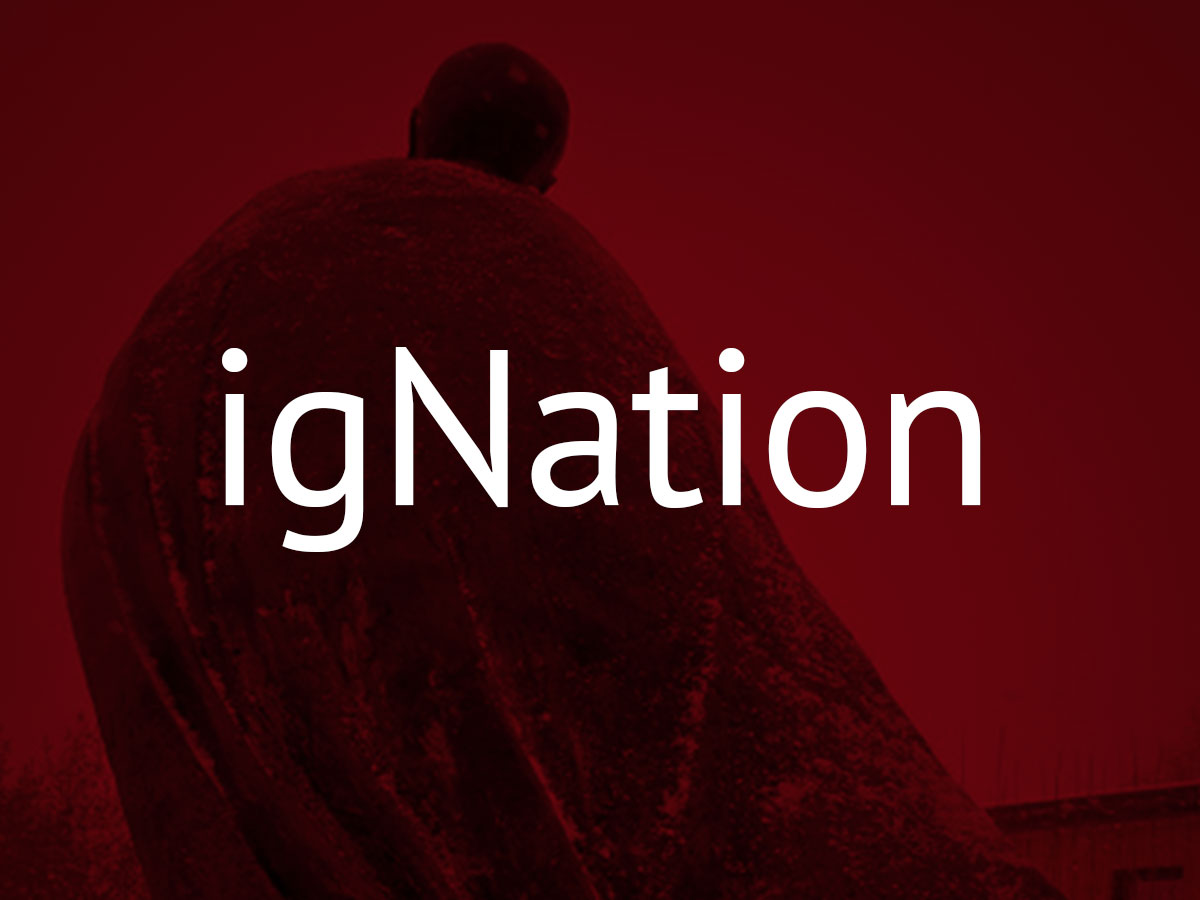What Comes To Us.

What is this thing year after year that lets us come here with a sense of hope, of expectation…. 
What is it that gets hurt and disappointed year after year as the brokenness of the world inflict its horrors upon us and yet does not stop hoping, waiting, longing?
What is that thing that accepts the giving and accepting of presents, the shopping and brooding that goes along with that gift giving?
What is it that allows us to face in a sharper way the anguish of lonliness, the brokenness of relationships that we do not know how to mend, or even know if they could ever be mended?
There is something in the struggle to be human, something we have been gifted with that refuses to give up, something that allows us to see —at times like this without evasion — a broken world, our vulnerability, and our radical nakedness…
I will not name it.
But we see it in the 60 million refugees who leave behind a life they know to seek a place they can find their life.
We hear it in ani ma’amin the song composed in a cattle car by a Jewish prisoner being taken to Treblinka
It goes:
I believe
I believe
With a complete faith
In the coming of the Messiah
I believe
I believe
With complete faith
In the coming of the Messiah
I believe
Though he may delay
Still every day
I believe
It was sung by Jewish prisoners as they were herded into the ovens of Auschwitz.
What is that thing that reaches from the depths of the human heart in the face of the most vicious inhumanity of a broken world and refuses to give up even when everything possible is taken away?
i will not name it.
Nor will I name what comes to us in our poverty of spirit .
—different people, different traditions, different places have different names for what comes, and even different times for celebrating its coming… and though we might give it a name. Or maybe even accept the name one tradition gives to it.. As we do today.
We might experience it as gift, and the way it comes to each of us may be different,
But we know when it comes to us – we know because we cannot deny it, though it may come in ways and in people and at times beyond what we expected, expect, or imagine
Let me tell you a story about one such discovery
Tergvinder's Stone – William S. Merwin
One time my friend Tergvinder brought a large round boulder into his living room.
He rolled it up the steps with the help of some two-by-fours, and when he got it out into the middle of the room, where some people have coffee tables (though he had never had one there himself) he left it. He said that was where it belonged. It is really a plain-looking stone. Not as large as Plymouth Rock by a great deal, but then it does not have all the claims of a big shaky promotion campaign to support. That was one of the things Tergvinder said about it. He made no claims at all for it, he said. It was other people who called it Tergvinder's Stone. All he said was that according to him it belonged there.
 His dog took to peeing on it, which created a problem (Tergvinder had not moved the carpet before he got the stone to where he said it belonged). Their tomcat took to squirting it too. His wife fell over it quite often at first and it did not help their already strained marriage. Tergvinder said there was nothing to be done about it. It was in the order of things. That was a phrase he seldom employed, and never when he conceived that there was any room left for doubt.
His dog took to peeing on it, which created a problem (Tergvinder had not moved the carpet before he got the stone to where he said it belonged). Their tomcat took to squirting it too. His wife fell over it quite often at first and it did not help their already strained marriage. Tergvinder said there was nothing to be done about it. It was in the order of things. That was a phrase he seldom employed, and never when he conceived that there was any room left for doubt.
He confided in me that he often woke in the middle of the night, troubled by the ancient, nameless ills of the planet, and got up quietly not to wake his wife, and walked through the house naked, without turning on any lights. He said that at such times he found himself listening, listening, aware of how some shapes in the darkness emitted low sounds like breathing, as they never did by day.
He said he had become aware of a hole in the darkness in the middle of the living room, and out of that hole a breathing, a mournful dissatisfied sound of an absence waiting for what belonged to it, for something it had never seen and could not conceive of, but without which it could not rest. It was a sound, Tergvinder said, that touched him with fellow-feeling, and he had undertaken – oh, without saying anything to anybody – to assuage, if he could, that wordless longing that seemed always on the verge of despair. How to do it was another matter, and for months he had circled the problem, night and day, without apparently coming any closer to a solution.
Then one day he had seen the stone. It had been there all the time at the bottom of his drive, he said, and he had never really seen it. Never recognized it for what it was. The nearer to the house he had got it, the more certain he had become. The stone had rolled into its present place like a lost loved one falling into arms that has long ached for it.
Tergvinder says that now on nights when he walks through the dark house he comes and stands in the living room doorway and listens to the peace in the middle of the floor. He knows it size, its weight, the touch of it, something of what is thought of it. He knows that it is peace. As he listens, some hint of that peace touched him too. Often, after a while, he steps down into the living room and goes and kneels beside the stone and they converse for house in silence – a silence broken only by the sound of his own breathing.
What we celebrate here today is one such moment that comes … and to be honest.. even though we gather around a liturgy and around a community, and around a celebration, we gather more importantly around the answer that has come to us in our questioning, to the love that we have accepted in its, and our, vulnerability and fragility. 
We gather to announce, confess, witness, share, celebrate, a simple truth: we have been recognized as the beloved, and what comes to us comes to us in love, and as love..
What comes to us delights simply and without words, without being named, to be with us, to be one of us, to be one with us.
We do not name it…. it names us… not by words but by sharing its life with us, by becoming one with us, by making us know:
We are not alone.




No Comments